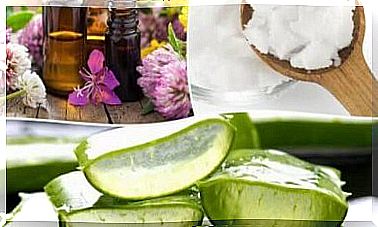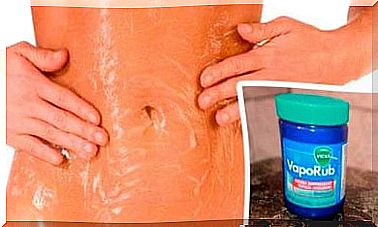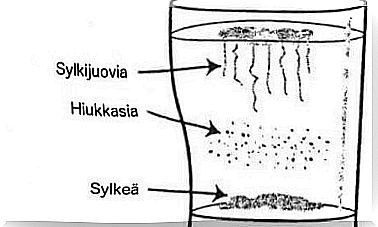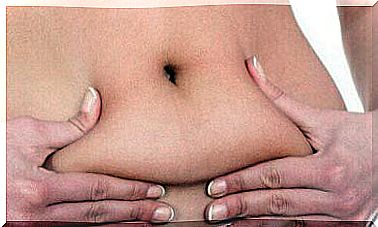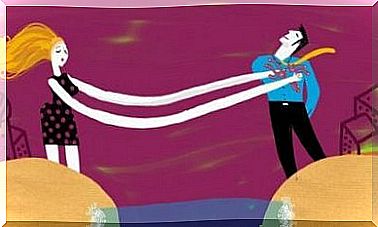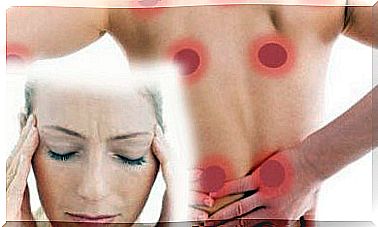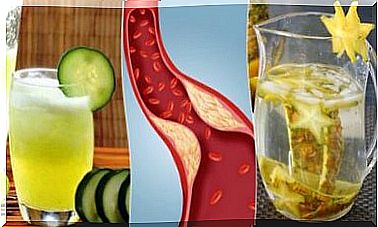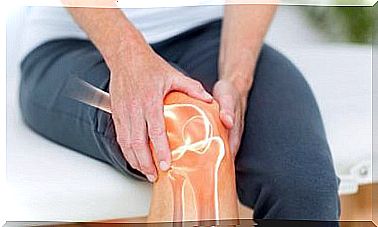7 Signs Of Nutrient Deficiencies On The Face
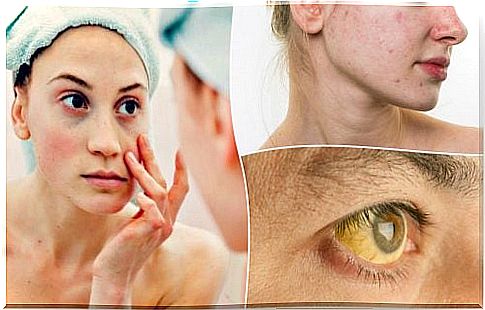
Most of us are interested in keeping our faces looking good. This is not just about controlling pimples, but also about preventing exposure to the sun and toxic substances.
Despite all the special beauty products we find in our closets, sometimes there are problems that are not serious but are still difficult to treat.
The problem is that we don’t always understand that these signs are more deeply connected to things than to appearance. Namely, many of the symptoms are the result of nutrient deficiencies.
So we may be able to treat these problems externally, but deficiencies in certain nutrients are causing them and making them come back again and again.
Signs of nutrient deficiencies on the face
That’s why we want to tell you this time about seven signs on your face that are due to a lack of nutrients.
So keep reading and make small changes to your lifestyle if you want to enhance the look of your face with natural means!
1. Acne
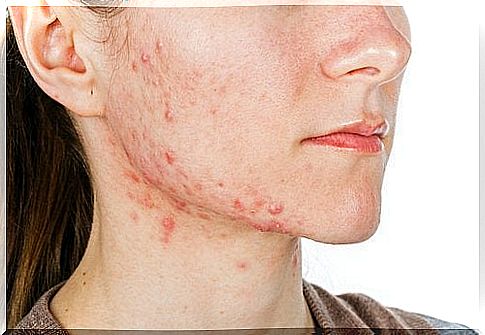
Acne can occur when a person has deficiencies in the intake of multivitamins A, E and B.
Although there are many hormonal and environmental issues that contribute to this problem, a lack of these nutrients can increase the likelihood of developing acne.
Therefore, it is vital to prevent acne to avoid fatty foods, and the following products should be included in the diet instead:
- nuts
- green vegetables
- fish and shellfish
- olive oil
- eggs
- avocado
2. Dry skin
Very dry skin can be a symptom of nutrient deficiencies due to poor diet and excessive sun exposure.
These factors prevent vitamins and minerals from doing their job, and this then over time causes visible problems on the skin.
Vitamin A and C deficiency is usually the most common deficiency associated with this phenomenon.
So make sure you add the following products to your diet:
- carrot
- citrus fruits
- blueberry
- green vegetables
- apricot
- paprika
- zucchini
3. Swollen eye area
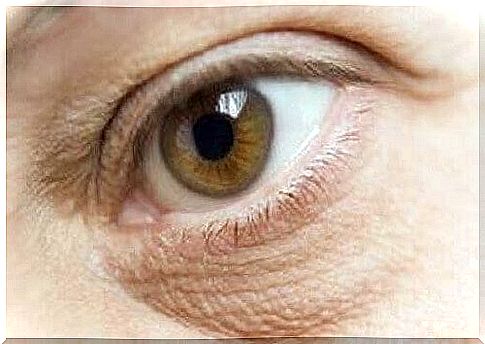
Eye bags are a dilemma caused by fluid buildup in the body and poor blood circulation. These in turn are caused by a deficient intake of minerals such as potassium, magnesium and iodine.
Low absorption causes an inflammatory reaction that is visible around the eyes.
To avoid this, you should eat the following products more often:
- banana
- seaweed
- olive oil
- Himalayan salt
- greasy fish
- radish
- spinach
- nuts
4. Pale lips
When your lips and gums look pale, you probably have anemia, meaning your body is deficient in iron.
This nutrient, which is a key factor in the formation of red blood cells, helps maintain the characteristic red color of your lips.
In order to absorb more iron into your body, you may want to increase your intake of the following products:
- lean meat
- dried beans
- spinach
- liver
- nuts
- paprika
- oregano
- fish and shellfish
5. Cracked lips
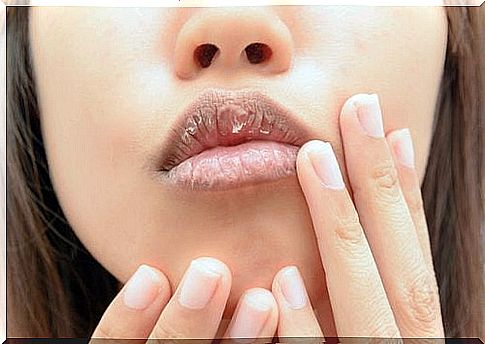
Most of us have sometimes experienced this phenomenon, i.e. cracking of the skin of the lips. This is a common symptom when the weather changes suddenly or when you have exposed yourself to the sun without proper protection.
If this cracking of the lips then recurs, it may be a symptom that your body is deficient in multivitamin B and that there is not enough water. Together, these factors help support optimal cell regeneration and keep lips smooth and moisturized.
If you have this problem yourself, you may want to increase the amount of the following foods in your diet:
- citrus fruits
- nuts
- egg
- lean meat
- fish
- legumes
- whole grains
- apple
- mango
- avocado
6. Yellowish eyes
The yellowish color in the eyeballs is caused by a person having jaundice – this is a disease that involves an increased amount of bilirubin in the tissues of the body.
It may be due to disorders of the liver or gallbladder, but also to nutrient deficiencies such as:
- vitamins (A, B, C, D and E)
- lecithin
- minerals (magnesium, zinc)
To control the problem, you should avoid industrially processed foods and increase your intake of the following products:
- vegetables (artichoke, spinach, fish, paprika, radish and tomato)
- citrus fruits
- fruit (grapes, apple and pineapple)
- barley
- herbs (coriander and basil)
7. Pale skin
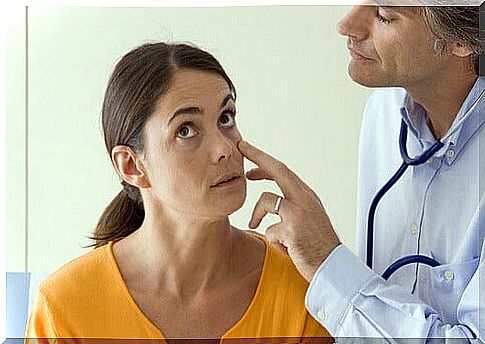
Pale skin may be due to a person’s lack of iron or vitamin D in the body, and this is a common problem for those with anemia.
Decreased amounts of these substances affect the bloodstream and thus cause harm to cellular oxidation and nutrient transport to the skin.
In order to correct the problem, the amount of the following products in the diet should be increased:
- lean meat
- fish and shellfish
- liver oil
- fortified cereals
- enriched soy products
- mushrooms
- egg
Have you noticed some of these symptoms of nutrient deficiencies on your face? If this is the case, see your doctor to find out if there is a deficiency in a nutrient.
If there is a deficiency in your case, the basic recommendations we give will help you solve the problem – so seize the opportunity and change your diet!

